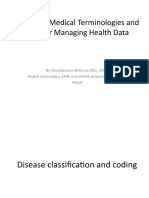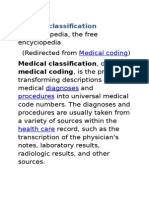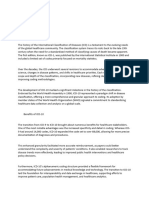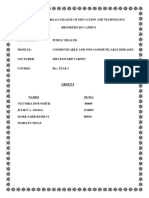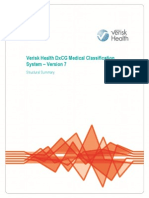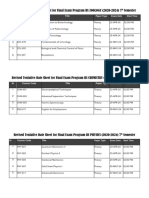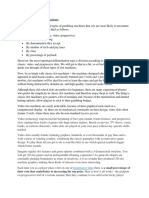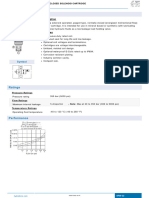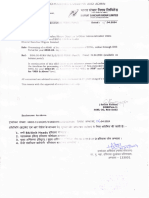0% found this document useful (0 votes)
100 views11 pagesIntroduction To Medical Coding Introductory Module
This document serves as an introductory module on medical coding, outlining its legal implications, structure, and the importance of accurate coding for compliance and reimbursement in healthcare. It discusses various coding systems, such as ICD-10 and SNOMED CT, and highlights the role of coding in improving patient care and facilitating data analysis. Additionally, the document addresses current trends and regulations affecting medical coding practices.
Uploaded by
timothyCopyright
© © All Rights Reserved
We take content rights seriously. If you suspect this is your content, claim it here.
Available Formats
Download as PPTX, PDF, TXT or read online on Scribd
0% found this document useful (0 votes)
100 views11 pagesIntroduction To Medical Coding Introductory Module
This document serves as an introductory module on medical coding, outlining its legal implications, structure, and the importance of accurate coding for compliance and reimbursement in healthcare. It discusses various coding systems, such as ICD-10 and SNOMED CT, and highlights the role of coding in improving patient care and facilitating data analysis. Additionally, the document addresses current trends and regulations affecting medical coding practices.
Uploaded by
timothyCopyright
© © All Rights Reserved
We take content rights seriously. If you suspect this is your content, claim it here.
Available Formats
Download as PPTX, PDF, TXT or read online on Scribd
/ 11
